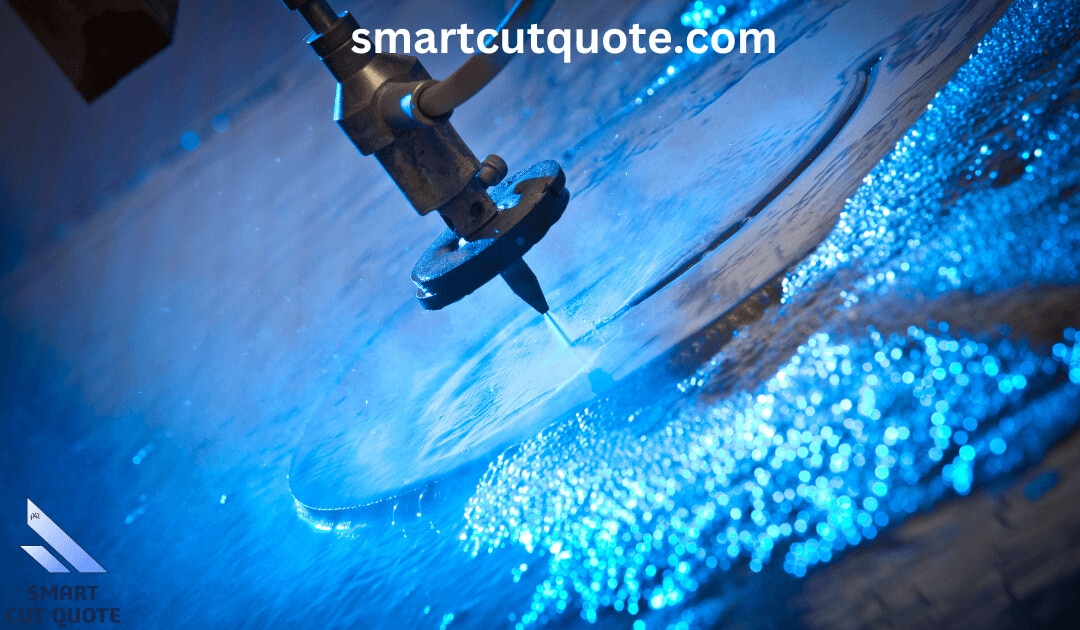Laser cutting is a versatile and precise manufacturing process widely used in various industries, including metal fabrication, woodworking, and even textiles. When seeking laser cutting services, understanding the pricing structure is crucial to managing costs effectively. This article explores how laser cutting pricing is calculated, the role of smart quotes, the calculation of machine hourly rates, and the impact of changing material costs.
- Calculating Laser Cutting Pricing: Laser cutting pricing is typically determined based on several factors:
- Material type: Different materials require varying levels of power and cutting time, impacting costs.
- Material thickness: Thicker materials may require more time and energy, leading to higher costs.
- Design complexity: Elaborate designs with intricate cuts may increase the time and effort involved.
- Machine setup: Setup time and adjustments affect pricing, especially for small-batch orders.
- How Smart Cut Quote Can Help: Smart quoting tools or software can streamline the pricing process. They often incorporate AI algorithms to analyze design files and provide instant, accurate quotes. These tools consider material costs, machine parameters, and labor time. By utilizing smart quoting, customers and service providers can save time, reduce errors, and ensure competitive pricing.
- Calculating Machine Hourly Rate: To calculate machine hourly rates, manufacturers consider various factors:
- Depreciation: The cost of the laser cutting machine and its expected lifespan.
- Maintenance and repair: Expenses related to keeping the machine operational.
- Energy consumption: Electricity costs for running the laser cutter.
- Labor costs: Operator wages and benefits.
- Overhead: Facility rent, insurance, and other indirect expenses.
- Utilization rate: The percentage of time the machine is in operation.
A formula for machine hourly rate might look like this: Hourly Rate = (Depreciation + Maintenance + Energy + Labor + Overhead) / (Machine Utilization Rate)
- Changing Material Costs: Material costs can fluctuate due to market conditions, supply chain disruptions, or changes in material availability. When material costs rise, laser cutting pricing may need to be adjusted to maintain profitability. Businesses often incorporate a material cost contingency into their pricing structure to account for these fluctuations. Regularly reviewing and updating material costs in quotes is essential to avoid financial strain.
Understanding laser cutting pricing is vital for both customers and service providers. Factors like material type, thickness, design complexity, machine setup, and machine hourly rates all play a role in determining the final cost. Smart quoting tools can simplify the process and improve accuracy, while the consideration of changing material costs is essential for long-term sustainability. By mastering these aspects of laser cutting pricing, businesses can optimize their operations, remain competitive, and deliver value to their customers.
For more information about Smart cut Quote Software and product inquiries, please contact us at https://nctools.com.au/ or call us on +61 3 8618 6884
Or Visit https://smartcutquote.com/

